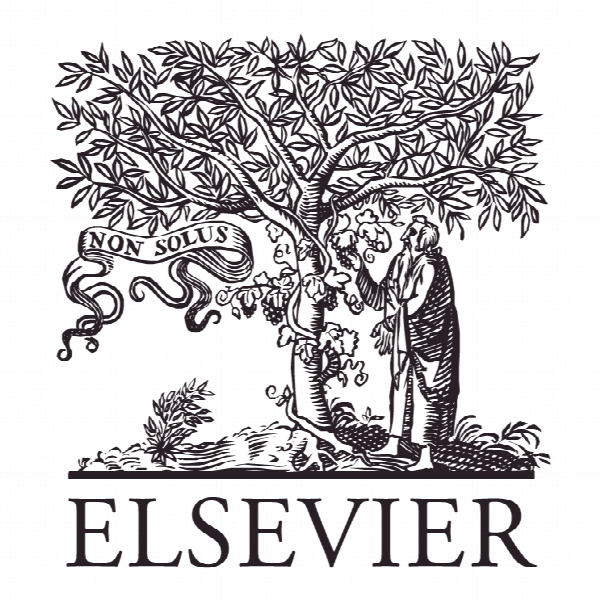مدل تجزیه و تحلیل توزیع مسافر برای زمان درک شده سوار شدن به هواپیما / سوار نشدن هواپیما، با استفاده از یک توزیع گاوسی سابق A passenger distribution analysis model for the perceived time of airplane boarding/deboarding, utilizing an ex-Gaussian distribution
-
 3.0 (1 رای)
3.0 (1 رای)
- نوع فایل : کتاب
- زبان : انگلیسی
- ناشر : Elsevier
- چاپ و سال / کشور: 2017
توضیحات
رشته های مرتبط علوم فنون هوایی
مجله مدیریت حمل و نقل هوایی – Journal of Air Transport Management
دانشگاه گروه کسب و کار، موسسه تحقیقات میتسوبیشی، ژاپن
نشریه نشریه الزویر
مجله مدیریت حمل و نقل هوایی – Journal of Air Transport Management
دانشگاه گروه کسب و کار، موسسه تحقیقات میتسوبیشی، ژاپن
نشریه نشریه الزویر
Description
1. Introduction Airplane movements at airports worldwide have been on an increasing trend lately, and airline companies are implementing various measures to reduce the time between flight arrival and departure to ensure timeliness. Within the flow of events from the time the airplane reaches the airport, the passengers disembark, the airplane’s interior is cleaned and prepared, supplies are replenished, the next passengers board, to when the airplane departs again, boarding and deboarding take a long time, mainly because the passenger aisle is narrow and gets congested. Therefore, airline companies must reduce passenger boarding time for timely departure of flights. Consequently, airlines have developed various passenger boarding methods, such as boarding by row or giving priority boarding for passengers seated from back to front (Marelli et al., 1998; Van Landeghem and Beuselinck, 2002). Modifying the boarding time using boarding methods has been modeled in computer simulations in the past (Marelli et al.,1998; Van Landeghem and Beuselinck, 2002; Briel et al., 2003; Ferrari and Nagel, 2005; Bachmat et al., 2006; and Steffen, 2008). These methods have also been confirmed through experiments that used a mock-up of airplanes (Steffen, 2012). These studies confirm that the back-to-front boarding method does not necessarily minimize airplane boarding time. On the other hand, in recent years, research related to perceived time is attracting attention in the field of travel behavior research. For example, a study on public transportation travel time found that the perceived time for traveling is longer for car drivers with regard to public transportation than the actual public transportation travel time, which explains why the modal shift from cars to public transportation has been difficult (Van Exel and Rietveld, 2010). Also, if the waiting time at the station was long, the perceived travel time of public transportation became longer, which again impacted the choice of public transport (Gonzalez et al., 2015). Because the level of satisfaction greatly impacts airline selection, reducing actual boarding and deboarding times is critical for the airlines to increase passenger satisfaction. In addition to shortening the physical boarding time, shortening perceived time is also effective in improving passenger satisfaction. This study focused on modeling the perceived time of boarding/ deboarding, a topic presently unexplored in the literature. Moreover, it attempted to understand how passengers evaluate boarding and deboarding times, using an ex-Gaussian distribution enabled to determine the proportion of passengers whose perceived time was longer than the actual physical time it took for them to board and deboard. This will be useful in developing measures to improve passengers’ level of satisfaction.


